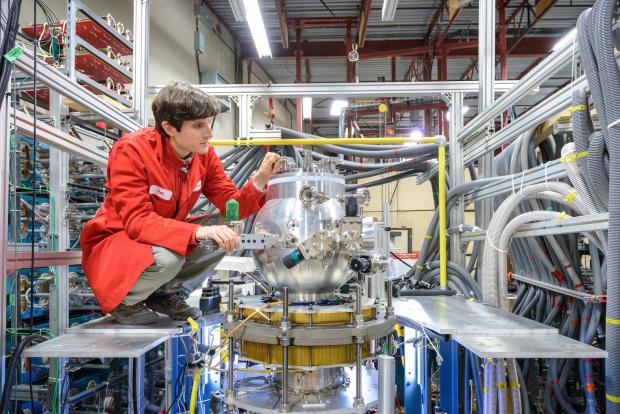
Breaking News
America Growing at Odds with Itself: Something's Not Being Said
 Outraged Farmers Blame Ag Monopolies as Catastrophic Collapse Looms
Outraged Farmers Blame Ag Monopolies as Catastrophic Collapse Looms
 Exposing the Cover-Up That Could Collapse Big Medicine: Parasites
Exposing the Cover-Up That Could Collapse Big Medicine: Parasites
 Israel's Former Space Security Chief says Aliens exist, and President Trump knows about it
Israel's Former Space Security Chief says Aliens exist, and President Trump knows about it
Top Tech News
 Methylene chloride (CH2Cl?) and acetone (C?H?O) create a powerful paint remover...
Methylene chloride (CH2Cl?) and acetone (C?H?O) create a powerful paint remover...
 Engineer Builds His Own X-Ray After Hospital Charges Him $69K
Engineer Builds His Own X-Ray After Hospital Charges Him $69K
 Researchers create 2D nanomaterials with up to nine metals for extreme conditions
Researchers create 2D nanomaterials with up to nine metals for extreme conditions
 The Evolution of Electric Motors: From Bulky to Lightweight, Efficient Powerhouses
The Evolution of Electric Motors: From Bulky to Lightweight, Efficient Powerhouses
 3D-Printing 'Glue Gun' Can Repair Bone Fractures During Surgery Filling-in the Gaps Around..
3D-Printing 'Glue Gun' Can Repair Bone Fractures During Surgery Filling-in the Gaps Around..
 Kevlar-like EV battery material dissolves after use to recycle itself
Kevlar-like EV battery material dissolves after use to recycle itself
 Laser connects plane and satellite in breakthrough air-to-space link
Laser connects plane and satellite in breakthrough air-to-space link
 Lucid Motors' World-Leading Electric Powertrain Breakdown with Emad Dlala and Eric Bach
Lucid Motors' World-Leading Electric Powertrain Breakdown with Emad Dlala and Eric Bach
 Murder, UFOs & Antigravity Tech -- What's Really Happening at Huntsville, Alabama's Space Po
Murder, UFOs & Antigravity Tech -- What's Really Happening at Huntsville, Alabama's Space Po
This Vancouver Startup Is Chasing the Dream of Clean, Limitless Energy Forever

In the suburbs of Vancouver, a team is working on what they think is humanity's best chance at clean, unlimited power, something we desperately need. A startup called General Fusion is building a nuclear fusion reactor and, if they succeed, it could mean the end of the fossil fuel era. Instead, we'd get our power from the same process that occurs in stars—at least, that's the dream.
Because of climate change, nuclear power—which produces no greenhouse gases—is looking like more attractive. But the big problem is what to do with the radioactive waste left behind. Nuclear fusion promises to solve the problems of traditional fission power. Its fuel is abundant (seawater!), and it has a harmless helium byproduct. But until recently, the challenges of fusion seemed insurmountable. Now, big name investors like Jeff Bezos are lending a hand to General Fusion, which is attempting a whole new approach.
Unlike the nuclear fission that powers conventional reactors today, in which atoms are split apart, fusion power is generated when you smoosh two smaller atoms into a larger one inside a containment device. The math behind fusion says this reaction has to result in the loss of a bit of mass and, well, due to that little equation E=mc2, that mass turns into a lot of energy. Like, a ton.

 Tiny briefcase engine boosts EV range beyond battery power
Tiny briefcase engine boosts EV range beyond battery power 

